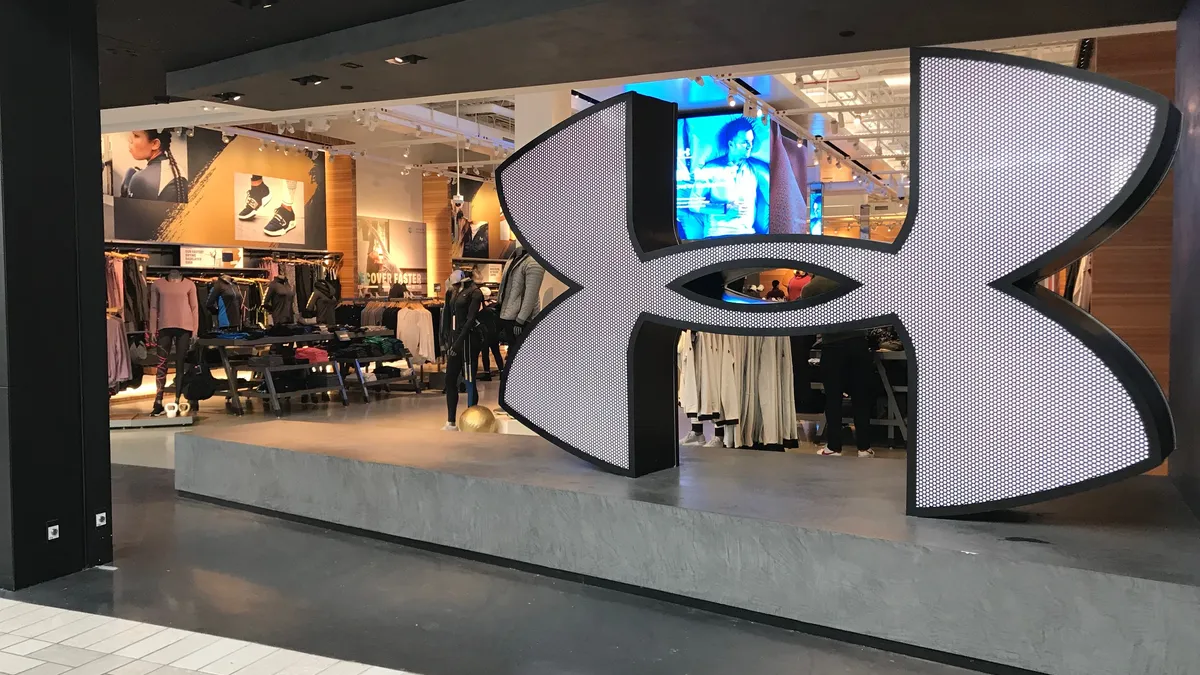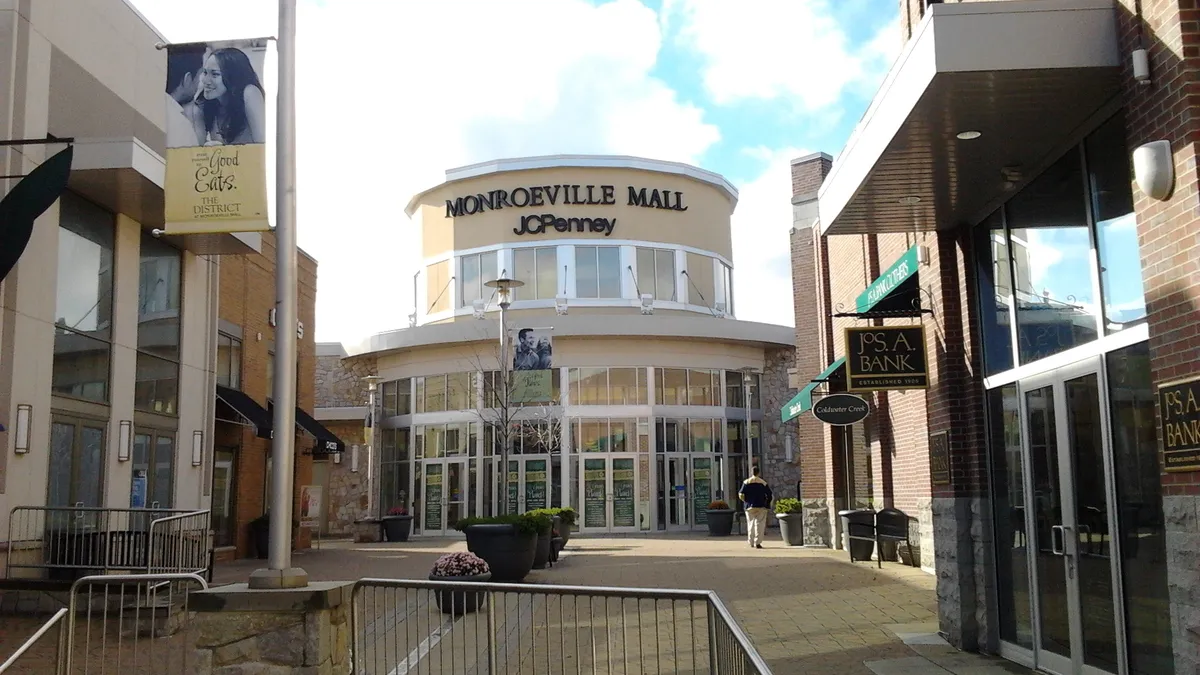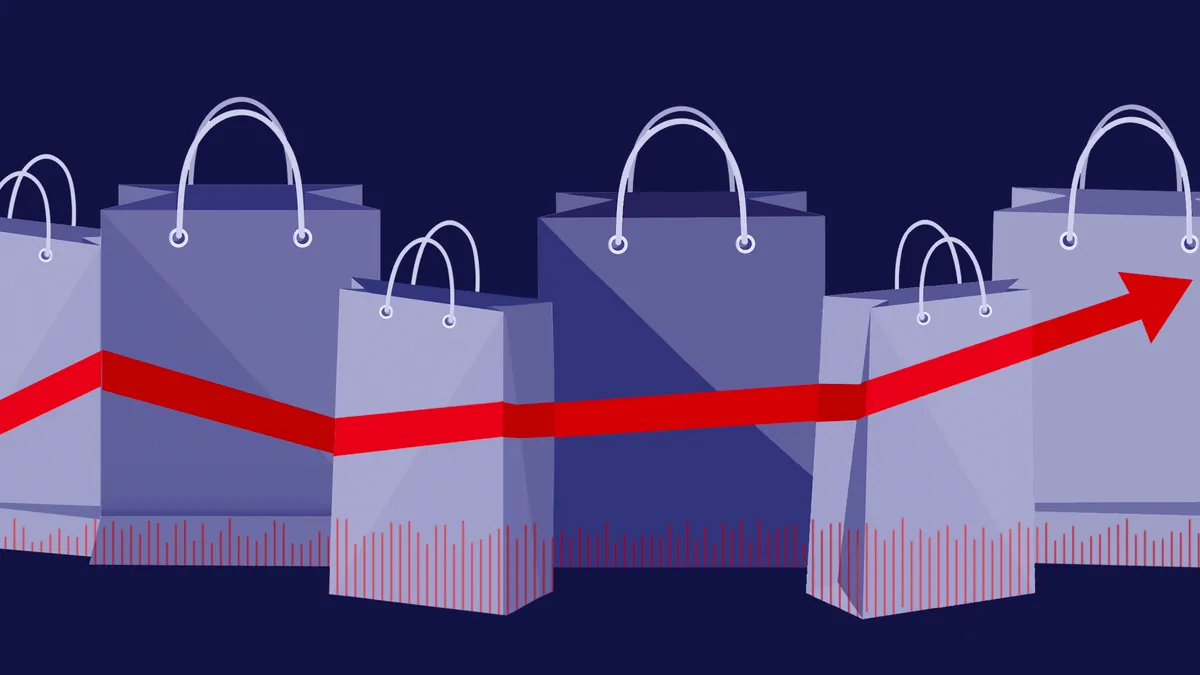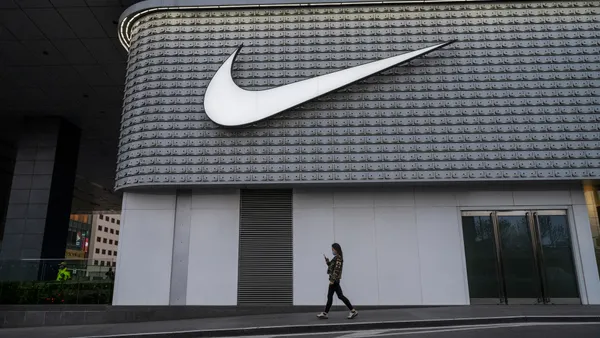Dive Brief:
-
Under Armour announced Tuesday that revenue for the fourth quarter increased 4% to $1.4 billion, and for the full year grew slightly to $5.27 million from $5.19 million the prior year. However, the brand also recorded a net loss of $15 million for the fourth quarter. For the full year, the brand recovered from a net loss of $46 million in 2018 to net income of $92 million at the end of 2019, according to a company press release.
-
As part of the brand's "transformation," executives said they were discussing a 2020 restructuring plan, including potentially abandoning plans for a Fifth Avenue flagship store in New York City, a move that could cost the company up to $250 million. The full restructuring initiatives could cost the company $425 million in pre-tax charges, executives said.
-
Revenue in North America was up 2% in the fourth quarter, driven by the brand's licensing and wholesale channels, Chief Financial Officer David Bergman said on a conference call with analysts. The region, which has been challenged for some time now and only recently received a new leader, was down 2% for the full year.
Dive Insight:
Patrik Frisk's first earnings conference call at the helm of Under Armour, days after he made some key C-suite adjustments, was centered strongly around disappointments and room for improvement.
"I'm not satisfied with where we are today," Frisk said on the call. He highlighted challenges with becoming financially healthy while at the same time the necessity of investing in areas like marketing to make sure the brand is in consumers' consideration, starting with the new brand platform it recently launched.
"In the past, we've been a quiet brand. Today, that changes dramatically," Frisk said, adding that with the new platform, "we believe we are firmly shifting back to offense."
It's a sentiment that's been oft-repeated in recent months. For example, early last year, when then-COO Frisk said Under Armour would be a "louder brand" in 2019, and again in January at the National Retail Federation's Big Show, when former CEO Kevin Plank said Under Armour wanted to be "a really quiet company and a really loud brand."
There's more financial pain ahead before the brand gets there. The potential restructuring plan would be costly, and that's paired with a plan to increase marketing spend in 2020 to "maximize the brand platform we launched earlier this year," executives said.
Bright spots included a 41% increase in cash and cash equivalents, a 19% decrease in total long-term debt to $593 million and a 12% decrease in inventory. However, the brand is also expecting coronavirus to impact first quarter revenue by 5 points, and as a result, total revenue in the first quarter to be down between 13% and 15%.
Added to the company's areas for improvement, this summer the brand is debuting a new e-commerce experience to make better progress on a channel that has thus far underwhelmed.
"Our e-commerce business continues to be challenged and is meaningfully behind where we thought it would be at this point in time," Frisk said, adding that the brand's frequent promotions have left consumers less willing to pay full price than executives previously thought.
It's also taken longer than anticipated to make it back into wholesale channels in a meaningful way.
"Earning it back — you don't get to do that in a vacuum," Frisk said, adding that competition is also working to maintain shelfspace in the best locations. "Now that we've put the play together, with the product and the marketing, all of those things playing in unison is giving us the optimism to say growth will return to North America. It's a bit of a delay, but ultimately we're going to earn it back."
And the plan is to do it on the same performance wear positioning that has gained it so much skepticism over the years. "We're going to stick to it for now," he said, mirroring Plank's previous stance on the brand as firmly performance-based.
After close to 50,000 interviews with consumers globally, Frisk said the brand feels confident in its strategy and what it's offering to consumers. He also seemed to disagree with the idea that performance was at-odds with designing athletic wear that could be worn outside the gym.
"They don't need to be different. They don't need to be bifurcated," Frisk said. "We keep getting into conversations about these two different things, but we don't think they're two different things. We think they're one and the same."














